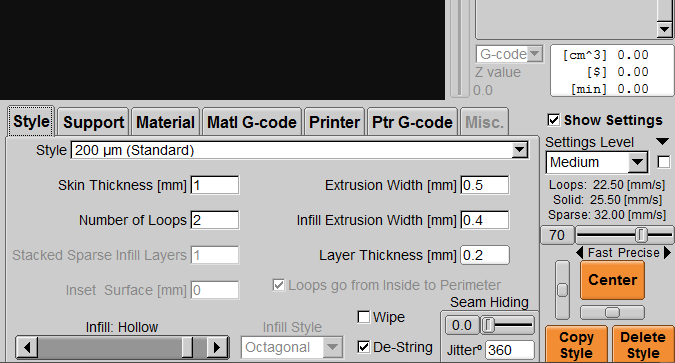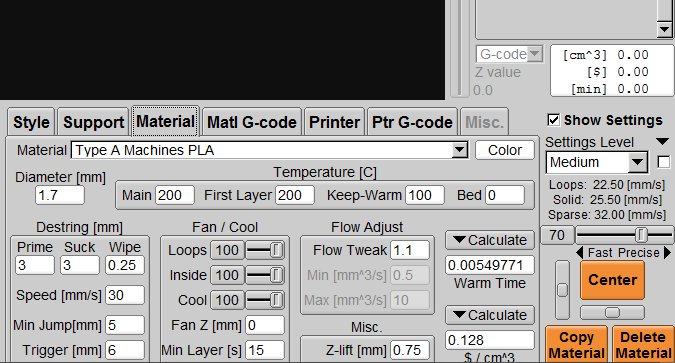| 3d Printing | |
|---|---|
| Course | Arch 200c |
| Date | 2013/11/19 |
| Learning Objectives | In this session we will prepare models for 3D Printing. We'll discuss analysis tools to ensure edges are manifold and not naked. We'll discuss ways to model efficiently and with precision. |
| Agenda |
|
| Uses Tool(s) | |
This session will be led by Rudy Letsche.
Preparing to 3D Print
Models that can be 3d printed
- < 45 degree angle
- Larger side of model as base
- C-shaped foundation good
- O-shaped foundation good
Model size constraints (if your model is bigger, you break it into parts)
Keep model in the sweet spot (centered)
TYPE A Printer
Base Dimensions: 260mm x 230mm x 220mm (W, D, H)
BFB Printer
BFB: 270mm x 220mm x 200mm (W, D, H)
Preparing Rhino file
Watertight Models
- Analysis – Edges – Show Naked Edges
- Offset Surface (Solid) 3mm or 5mm
- Make base surface flat (trim / cap)
Export to STL
- Binary
- Tolerance (0.1mm = 0.00394 inches)
- Click Preview (how is the mesh being constructed?)
Kisslicer Type A / BFB Settings
General Settings
- Speed: Fast (Rough) ---- Slow (Precise)
- Conservative speed = 70
Style
- Skin Thickness = 1.0 (0.8 okay) – uses a “crowning algorithm”
- Infill: Solid ---- Hollow
- Extrusion width = 0.6
- Seam-hiding / Jitter = 360 degrees (NO JITTER ON BFB PRINTER)
- De-String = On
Support
- Support Structure = on/off
Material
- White = 200 deg celcius
- Clear = 185 deg celcius
- Black / other = 185-190
Costs
Record the cost of the print. Write a receipt. Pay at Rm 477.

